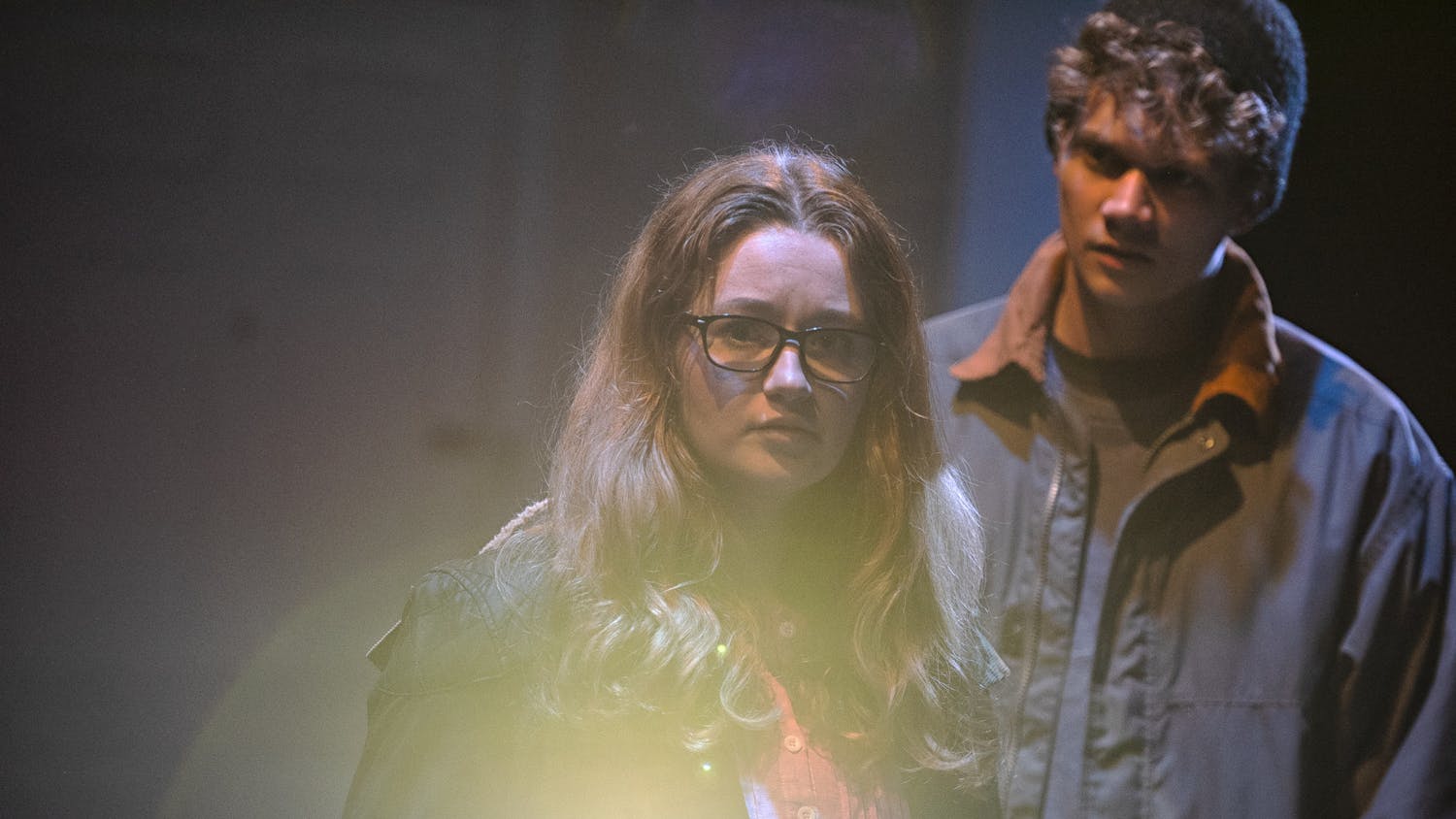Department of Music Chair Peter Hamlin ’73 was honored on Tuesday, Nov. 6 with the title of “Christian A. Johnson Professor of Music.” In addition to receiving this honor, Hamlin presented an accompanying inaugural lecture that focused on his interest in electronic and computer music.
Hamlin’s love for electronic music began early in life.
“I got interested in electronics way back in grade school,” he said. “I was intrigued by electronic music from what little I heard growing up. There wasn’t much around, but there was a film, Forbidden Planet, way back in the 50’s that had an all-electronic sound track and I was really fascinated by that.”
During Hamlin’s student life at Middlebury, his mentor and teacher, Professor Emeritus of Music George Todd, also shared his love of electronica. Todd and Hamlin would work together, using what they could to bring their musical passion to life.
“In those days we didn’t have a studio, so we used a tape recorder and various sound-making test equipment we found in the physics lab and made primitive electronic pieces with those tools,” Hamlin said.
Hamlin noted that Todd was the previous Christian A. Johnson Professor before him, and that he was thrilled to inherit the title. After joining the college faculty in 2004, Hamlin’s interests now extend to his students, whose creativity expands upon his own.
“Now teaching at Middlebury, my students keep pushing me into new frontiers, so I’m still really interested in all the new stuff that keeps coming out,” he said.
This novel approach to music involves the communication between computer software and physical instruments. Hamlin offered an explanation of how music and electronic equipment come together to perform a piece.
“One example is that you play a flute or piano into the computer and the device analyses the sound and then creates a new melody or chord that “performs” with you,” said Hamlin. “Another example is [using] wind direction and wind speed data from Lake Champlain that is used to trigger musical sounds. In another piece, the computer ‘listens’ while I play a traditional Native American flute and creates an accompaniment based on what I’m playing.”
In addition to collaborating with his students, Hamlin has also worked alongside Professor of Music Su Lian Tan — he wrote a piece for flute and electronics, which Tan then recorded. Another collaboration with Tan is currently in the works, which will be ready in the next couple of months.
Hamlin also works with other musicians, both electronic and acoustic performers. For instance, he is aiming to create a series of electronic compositions for Gao Hong, a virtuoso on the pipa (a traditional Chinese instrument).
Hamlin is currently teaching a course called “Electronic Music,” which teaches students to compose their own pieces using computer software. One of the assignments for the class is to record a composition using only simple sounds the students have recorded, such as crumpling paper, typing or hitting something. Other projects focus on making rhythmic soft synths and composing a remix. Hamlin’s course allows student creativity and personality to shine through.
Hamlin is also teaching a new class in spring term called “The Digital Musician.” He said that the course “will delve into programming for interactive web sites, phones and tablets,” and that students will be able to explore new ways to create and perform music using electronics.
Listen to the electronic music samples played by Professor Peter Hamlin throughout his lecture.



